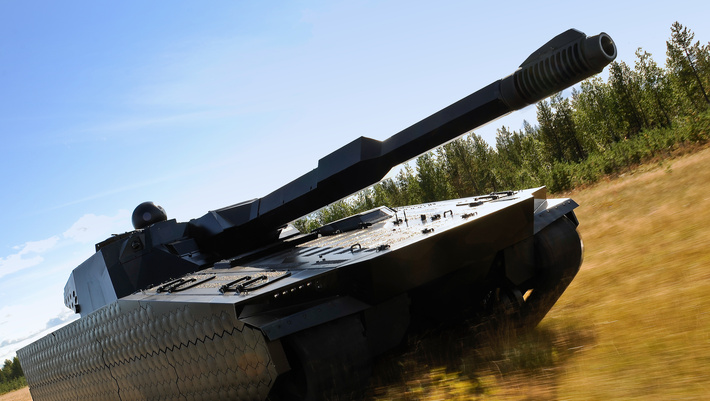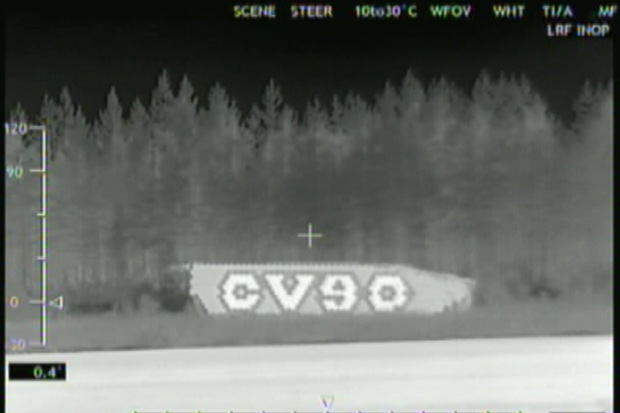Stealth technology violates the Geneva Convention

A prototype of a tank equipped with an adaptive camouflage system
Stealth technologies that are already used in combat vehicles may violate international law governing armed conflicts, said Bill Butby, an ex-Commodore of Aviation, who previously worked as deputy director of the legal department of the Royal Air Force of Great Britain, sciencealert reports. As a leading military lawyer, he warns that “invisible cloaks” and other possible achievements in military camouflage may violate the agreements of the Geneva Convention .
Scientists and military contractors are spending tens of millions of pounds on researching technologies to create effective stealth, using more sophisticated " metamaterials " - substances designed to absorb or warp light and / or radar waves in order to hide approaching aircraft or troops. Last year, the US Army announced that it was planning to test a prototype of the form, which was created using metamaterials.
This technology is known for a long time. The first stealth aircraft entered service with the US Air Force in the 1980s and took part in aerial attacks on Kosovo, Afghanistan and Iraq. Their narrow profile, radar-absorbing paint and deflectors made them almost invisible to enemy radar.
')
“Regular camouflage helps to blend in with the background, which is legal, as it can be viewed simply as a technological device to achieve the desired result. However, if soldiers use camouflage to pretend to non-combatants , mislead the enemy and thereby gain an advantage in the attack, then this is already outlawed in accordance with the provision of the Geneva Convention on the “Prohibition of perfidy”, said Boothi.
It is also illegal to abuse the UN peacekeepers' symbols, protective or neutral identification marks, as well as flags and emblems (apparently, the symbolism of the Red Cross and the Red Crescent is implied). Those who participate in hostilities are required to wear a fixed distinguishing mark, recognizable at a distance and carry weapons openly. These conditions can be violated if the stealth technology will be further developed.
“If a combatant’s weapon is invisible, then it no longer meets the minimum convention requirements,” explains Boothby in his new book on weapons and the rules of engagement.
One of the technologies Bobby paid attention to is Adaptiv , a masking system developed by BAE Systems (whose slogan says: “If the enemy does not see you, it means he cannot shoot at you!”). The camouflage system uses modules (hexagonal "pixels") covering the flanks of the armored vehicles. The modules are made of elements that can be rapidly cooled or heated, which allows you to equalize the temperature of the armored vehicles with respect to the environment and hide it from the thermal imagers.
The vehicle, in fact, works like a chameleon and is able to imitate the environment or copy other objects, such as trucks and cars, which are projected on the sides of the image bank. Also equipped with this technology, the machine can signal peaceful intentions, by displaying text messages on board, or by creating models that can be easily recognized as friendly.

"Transformation" of a tank into a passenger car

Text output example
If you use this system to turn a tank into something that looks like a civilian vehicle on enemy radar, this again does not fit into the rules of engagement established by the Geneva Convention.
Adaptiv technology
The last of the four treaties of the Geneva Convention was signed in 1949. It is possible that the fifth part will be compiled taking into account the existence of stealth technology.
Source: https://habr.com/ru/post/391717/
All Articles